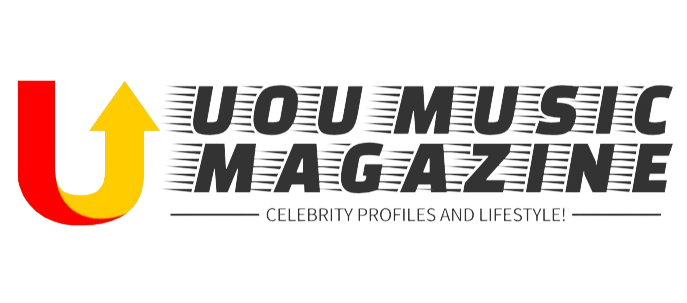The integration of property boundary applications with modern technology is reshaping the landscape of real estate and land surveying. These applications offer a streamlined approach to understanding property boundaries, enhancing accuracy, and reducing errors in land transactions and developments. This article explores the various ways in which integrating these tools with advanced technologies like GPS and GIS platforms can revolutionize the sector.
How Does GPS Technology Enhance Property Boundary Applications?
The advent of GPS technology has been a game changer in many fields, including real estate and land surveying. Integrating property boundary applications with GPS-enabled devices allows surveyors and property owners to mark boundaries with unprecedented precision. What are the benefits of this integration? For starters, it minimizes reliance on physical landmarks, which can often be subject to changes or inaccuracies. GPS integration ensures that the data collected is precise and reliable, thereby reducing the risks associated with human errors.
Moreover, GPS technology facilitates the on-site identification of markers and streamlines the process of outlining exact property limits. This capability is invaluable in environments where boundaries are not clearly defined or in large tracts of land where manual surveying would be cumbersome and time-consuming.
What Role Does Efficient Communication Play in Tool Integration?
Efficient communication is crucial when integrating property boundary applications with other surveying tools. How does this integration improve communication? By enabling the seamless transfer of metadata such as point identifiers and measurement details, these applications help maintain accuracy and consistency across different platforms. This interoperability is essential for ensuring that all stakeholders are working with the same, up-to-date information, thereby avoiding discrepancies that could lead to legal disputes or errors in land assessment.
The ability to export and import data easily between tools also means that surveyors can manage projects more efficiently, without the need to manually re-enter data into various systems. This not only saves time but also enhances the overall integrity of the data collected throughout the surveying process.
How Can Mapping Software Solutions Complement Property Line Applications?
While property boundary applications are excellent for basic surveying tasks, they often lack advanced mapping capabilities. How can integrating mapping software solutions fill this gap? By combining the strengths of property line apps with robust mapping software, surveyors can achieve more detailed visualizations and analyses of the land.
This partnership allows for the creation of detailed maps that can include additional data layers such as zoning details, land use classifications, and utility networks. Such integrations are particularly useful in complex surveying projects that require a comprehensive understanding of the terrain and the built environment.
What Are the Benefits of an Integrative Workflow Management?
Incorporating property line apps into an existing workflow can significantly enhance project management and organization. How does this integration streamline project workflows? By connecting these apps with project management software, teams can track progress in real-time, allocate resources more efficiently, and maintain better communication across different project stages.
This holistic approach ensures that all project components are aligned, which minimizes delays and enhances the quality of the output. Moreover, it supports real-time updates, which are crucial for making timely decisions and adjustments throughout the lifecycle of a project.
Can Automated Report Generation Improve Survey Efficiency?
The traditional process of creating survey reports is often labor-intensive and prone to errors. How does automated report generation transform this process? By integrating property line applications with automated reporting tools, surveyors can extract data directly from their surveys and generate reports within minutes.
This automation not only speeds up the process but also reduces the likelihood of errors associated with manual data entry. Furthermore, it frees up time for surveyors to focus on more critical aspects of their work, such as data analysis and strategic decision-making, thus improving productivity and accuracy in survey reports.
Conclusion: Why Is Integration Key in Modern Surveying?
As the real estate sector continues to evolve, the integration of property boundary applications with advanced technologies like GPS and GIS is becoming increasingly important. Why is this integration so crucial? It not only enhances the functionality and efficiency of surveying tools but also supports a more collaborative and streamlined workflow. This synergy is essential for driving innovation in real estate projects, ensuring accuracy in land surveying, and ultimately facilitating smoother transactions and developments. By embracing these integrated solutions, professionals in the real estate sector can leverage technology to meet the demands of a dynamic market.

